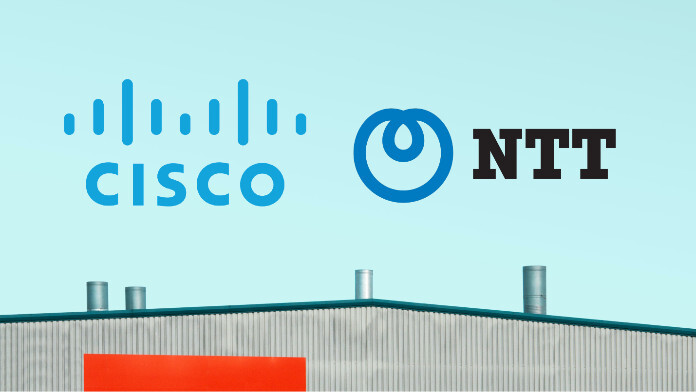Global system integrator NTT has announced a deal with Cisco to jointly “develop and deploy” IoT sustainability solutions for large organisations, mostly based on LoRaWAN. The new applications will be available on subscription, as-a-service, in order for enterprises to wrap their bids for sustainability into their day-to-day operational expenses. The pair will “accelerate hundreds of use cases” in the healthcare, manufacturing, and transportation industries, said NTT.
The joint solutions will make use of NTT’s edge solutions, including its managed edge service bundles (which include private 5G, in some scenarios), and Cisco’s IoT capabilities, a press statement said. Cisco offers LoRaWAN, it might be noted, and the intention is clearly to use non-cellular low-power wide-area (LPWA) network connectivity for lower-powered IoT sensors, as appropriate.
New IoT solutions will be available as-a-service to enterprises, and tackle “water management quality, consumption, distribution, and maintenance operations”, it said. There was a subtext in the statement about “pragmatically” supporting large corporations’ sustainability goals. Mention is made in the press notice also of “real-time data insights, enhanced security, improved decision-making, and reduced operational costs through predictive maintenance, asset tracking, and supply chain management capabilities”, and so on and so forth.
NTT said it has “bolstered” and “activated” an “IoT-dedicated” consulting and services business units, comprising 1,000 “consultants, engineers, enterprise architects, and sustainability experts” – to bring “expertise and capabilities from around the globe”. The team is offering “more than 100 use cases” in areas connected cars, fleet management, predictive maintenance, smart cities, digital twins, connected factories, smart utilities, among other specialisms, the company said. It has trained “more than 500 Cisco sales experts” to get behind the new IoT channel push with Cisco.
The two companies said they have deployed an “advanced [and] ruggedized” IoT service to a number of utilities to help with water management. Customers include Belgian public water distribution company Compagnie Intercommunale Liégeoise des Eaux (CILE), they said. The work with CILE has seen them deploy a LoRaWAN network with “thousands” of IoT sensors to provide remote visibility and operational efficiencies, including via metering, infrastructure monitoring, and grid controls. CILE is to use the network for waste management, parking management, water quality, and street lights, also.
Devin Yaung, senior vice president group enterprise IoT products and services at NTT, commented: “We are accelerating our IoT business… to deliver a powerful portfolio of repeatable services that can be tailored to meet customer demand…. We’re doubling down on NTT’s IoT capabilities to meet customer demand. We are pulling together our collective knowledge and skillsets, and putting the full power of NTT behind it, to better service… and… outfit or retrofit [customers] with the connectivity and visibility they need to improve day-to-day business operations.”
Samuel Pasquier, vice president of product management for industrial IoT networking at Cisco, said: “We are excited to work together to accelerate our customers to this IOT-as-a-Service model so they can quickly realise business benefit across industries and the globe.”
William de Angelis, chief information and development officer at CILE, said: “We provide critical infrastructure for 24 cities in Belgium, which means efficiency, security and reliability are key. With NTT and Cisco’s support, we have real-time insights into our facilities and distribution networks, including faster detection of leaks, allowing us to respond to issues instantaneously and expand the network to other sustainability use cases.”

